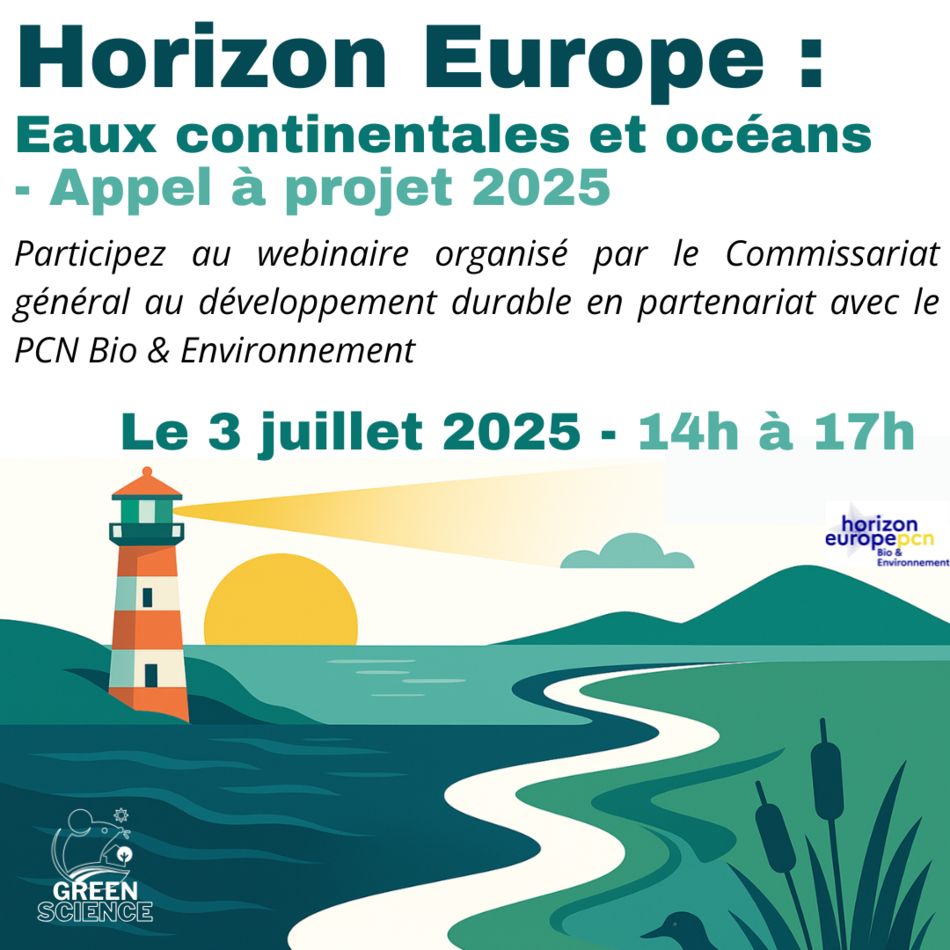ExpectedOutcome:
Projects are expected to contribute to all of the following outcomes:
- Contribution to the overarching objective of launch cost/price reduction by 50% by 2030 (with respect to A6/VegaC cost/price 2021 economic conditions), for the benefit of EU Space programmes implementation and towards reinforcing EU‘s independent capacity to access to space.
- Innovation acceleration of enabling technologies (maturing, assessing and practicing, through representative in flight experiments).
- Matured technologies up to TRL5/6, integration of system tests vehicle, on-ground and low altitude system tests by 2023 and contribution to the preparation of suborbital system tests potentially in 2025.
- Cost reduction investigation and system tests.
These outcomes will contribute to enhance EU strategic autonomy and sector competitiveness, in line with the Expected Impact of the destination.
Scope:
Cost reduction and improving flexibility of European launch systems are the main challenges in order to foster European industry competitiveness on the global market.
R&I will focus on reusability concepts including required technologies that have a strong potential for cost reduction, starting with the recovery of the most expensive components such as first stage. It can also increase launch flexibility by reducing lead-time from order to launch by helping to adapt efficiently the launch rate and the performance to market variations. In addition, reusability would contribute to align space economy with the ecological transition to sustainability.
The activities will address technologies and building blocks maturation up to TRL5/6 and subsystem/system tests including system, vehicle integration, ground tests, low altitude flight system tests by 2023 and contribution to the preparation up to ground based system tests of suborbital flight system tests by 2025. The execution of the suborbital tests is not part of the scope.
The developed enabling technologies and building blocks should be applicable to strategic launchers able to launch EU Space Programme components, with the objective of enabling operational capacities by 2030. The system tests vehicle should be representative of a reusable 1st stage of a strategic EU launcher. This vehicle should be at a sufficiently large scale in order to be representative of the expected final capacities. The vehicle will be equipped with a reusable propulsion system.
The proposed activities must also support EU non-dependence objective and include the assessment of costs reduction investigations and system tests results towards the overarching objective mentioned in the expected outcomes.
The activities will address enabling technologies maturation and demonstration at least in all of the following areas:
- low cost GNC and avionics (hybridation techniques, navigation sensors, modular, reconfigurable),
- manoeuvring control devices,
- Health Monitoring System (HMS), propellant management,
- aerodynamic devices,
- descent and landing/recovery systems, including low latency, closed loop communication systems for landing,
- on-ground servicing processes (refurbishment, check-out supported by automatic post flight analysis and repair and recertification for reused elements),
- safety critical processes before launch and after landing.
The activities should include as many as technologies possible in each area to maximise the number of matured technologies to be submitted to integrated tests at system level (all technologies together).
All the activities should be complementary and coherent with the ESA on-going or future activities in particular those decided at the last ESA Ministerial held in November 2019. Proposals should provide all IPR dependencies and dependencies with other on-going activities, and detail the implementation, the reporting and the organisational as well as steering measures that will be taken to ensure that the proposed activities can be implemented and can achieve all the expected outcomes within the project schedule and budget.
In this topic the integration of the gender dimension (sex and gender analysis) in research and innovation content is not a mandatory requirement.
Specific Topic Conditions:
Activities are expected to achieve TRL5-6 by the end of the project – see General Annex B.
Cross-cutting Priorities:
Digital Agenda





